
Guide to Japanese Tea Sets
Written by Team MUSUBI
Japanese tea sets bring ease and balance to tea time—whether it’s a quiet moment with a cup of roasted hojicha or a gathering with guests savoring a special gyokuro brew. A teapot that pours just right, cups that sit comfortably in your hands—these simple details shape the experience.
There’s something quietly satisfying about the process: the soft rustle of tea leaves, the rising steam, that first sip. Whether you're on your own or hosting friends, a well-matched tea set brings comfort, flow, and beauty to the table.
This guide covers the basics of traditional Japanese tea sets, how styles vary, and what extras can enhance the experience.
table of contents
What Makes a Japanese Tea Set?
At its core, a Japanese tea set includes a teapot and multiple teacups. Most sets are made for two or five people, reflecting how tea is typically shared—either between two people or among a small group.
The cups vary in shape and purpose. Yunomi are tall, everyday teacups used casually at home, while kumidashi cups are shorter with wider rims, often reserved for serving guests in more formal settings. Some sets also include lidded cups, especially when intended for special occasions.
The teapot also differs by style. One of the most common forms is the side-handled kyusu. Tokoname, a historic pottery region known for its warm red clay, is especially famous for these teapots. Highly valued for their smooth pour, they also have excellent heat retention, and the clay subtly mellows the bitterness of green tea. You’ll also find beautifully overglazed porcelain teapots from regions like Hasami and Kutani, adding a more decorative touch to the tea table.
At its core, a Japanese tea set includes a teapot and multiple teacups. Most sets are made for two or five people, reflecting how tea is typically shared—either between two people or among a small group.
The cups vary in shape and purpose. Yunomi are tall, everyday teacups used casually at home, while kumidashi cups are shorter with wider rims, often reserved for serving guests in more formal settings. Some sets also include lidded cups, especially when intended for special occasions.
The teapot also differs by style. One of the most common forms is the side-handled kyusu. Tokoname, a historic pottery region known for its warm red clay, is especially famous for these teapots. Highly valued for their smooth pour, they also have excellent heat retention, and the clay subtly mellows the bitterness of green tea. You’ll also find beautifully overglazed porcelain teapots from regions like Hasami and Kutani, adding a more decorative touch to the tea table.
Tea for Two, or Tea for Five?
Smaller sets for two are well-suited to daily use—great for sharing a pot with someone at home. Larger sets lean more formal, making them a good choice for serving guests.
For Two
Sets for two often feature a kyusu teapot and two cups, designed for ease and comfort. Sansui Japanese Tea Set pairs soft mountain landscapes with hints of gold on a modern teapot and cup duo. With its built-in stainless strainer and smooth lines, it’s both functional and visually gentle.
Covered in delicate, hand-painted florals edged in gold, the Hanazume Japanese Tea Set is a showpiece. This Kutani ware duo brings brightness and traditional artistry to every cup.
For Five
Five-piece sets typically include kumidashi teacups—lower and wider in shape, often associated with gracious hospitality. They're a natural choice when offering tea to family or guests.
Seigaiha Blue Wave Japanese Tea Set 12.5 oz, featuring a teapot and five cups in classic blue-and-white, carries the look of traditional sometsuke porcelain. It’s a versatile set that works well for both relaxed and special gatherings.
For something more refined, the Blue Mountains Japanese Teapot Set features a teapot and five lidded kumidashi cups adorned with misty mountains and golden accents. Its built-in sasame-style ceramic strainer lets the aroma of fine tea leaves come through clearly.
Teaware for Slower Brews
Not all tea sets are the same—some are made with teas like gyokuro and high-grade sencha in mind. These refined teas are best brewed slowly, in small amounts, using lower temperatures. Learning how to use a Japanese tea set for this style of brewing can turn the process into a calming daily ritual.
You’ll often see handleless pots and smaller cups, designed to allow the leaves to open fully and the tea to be poured slowly, one small sip at a time.
The Sakura Shiboridashi Japanese Tea Set from Tokoname includes a broad, shallow pot and two cups, hand-painted with soft cherry blossoms. With no strainer, it’s ideal for teas with large leaves that steep slowly and release their flavor gradually.
The Orange Hanazume Houhin Japanese Teapot Set offers another traditional method for slow brewing. It features a houhin—a lid-only teapot with a built-in porcelain filter—and a yuzamashi, used to cool water to the right temperature before brewing. Paired with two small cups, it lets you enjoy not just the flavor and aroma, but also the clarity and color of your fresh brew.
Japanese Tea Sets for Gifts
Tea sets can be a thoughtful present for weddings, housewarmings, or simply as a gesture of appreciation. Chosen for both their beauty and everyday usefulness, they bring meaning to the act of giving—and because everything is included, the recipient can start enjoying tea right away.
A wonderful choice to send to a couple, the Marble Pattern Japanese Tea Set is made by layering clays of different colors to create a soft, natural wood-grain pattern. Crafted from fine-textured clay, the surface gradually develops a deeper luster with use. Housed in a paulownia wood box, it carries a sense of care that makes it especially suited for gifting.
The Rourette Tokoname Japanese Tea Set features delicate dotted patterns on the lid and base, echoing the look of stitched lines. It includes a side-handled kyusu and five teacups. The ceramic mesh strainer ensures a smooth pour, while the snug-fitting lid helps preserve heat and aroma. Housed in a paulownia wood box, it’s a considered choice for those who enjoy hosting or sharing tea with others.
Accessories That Complete Your Tea Set
A few finishing touches can turn your tea set into a fully rounded experience. While the teapot and cups are central, accessories like coasters and canisters add character to the ritual.
Chataku (Tea Coasters)
A chataku tea coaster protects delicate surfaces and subtly frames the cup.
The Yatsuyanagi Checkered Pattern Akita Cherry Bark Work Square Coaster features traditional kabazaiku craftsmanship with a checkerboard pattern and sakura details.
Made from igusa, the Tatami Igusa Japanese Rush Coaster carries a faint, calming scent and has been treated to repel water. Each one is finished with a traditional tatami-beri (woven edge) in patterns like sakura or hemp leaf.
Chazutsu (Tea Canisters) & Chasaji (Teaspoons)
Chazutsu tea canisters protect tea from moisture and light, while teaspoons portion leaves cleanly and neatly. Together, they let you enjoy the look, texture, and scent of the leaves before they’re brewed.
Crafted with smooth, glossy cherry bark from wild Tohoku cherry trees, the Yatsuyanagi Long Akita Cherry Bark Work Tea Canister is steel-lined for airtight storage. It has excellent moisture protection while preserving a natural look and feel.
The riveted Sakura and Wind Pattern Copper Tea Canister offers an airtight seal and a satisfying click when properly closed. The deep blue patina and floral cutout on the lid make it both functional and collectible.
Charming and compact, the Persimmon Shaped Tea Canister, finished in a warm reddish-brown lacquer. An inner lid helps preserve freshness, while the fine wood grain complements the natural texture of loose tea leaves.
A small but exquisite scoop, the Pink Shell Inlay Sakura Chasaji Teaspoon features a raden shell inlay cherry blossom motif. Lightweight and finely crafted, it is ideal for portioning tea leaves.
Whether you're drawn to a traditional style, a minimalist design, or a beautifully boxed gift, Japanese tea sets offer more than practicality. They bring attention to the act of making tea, and a little beauty to the everyday.

















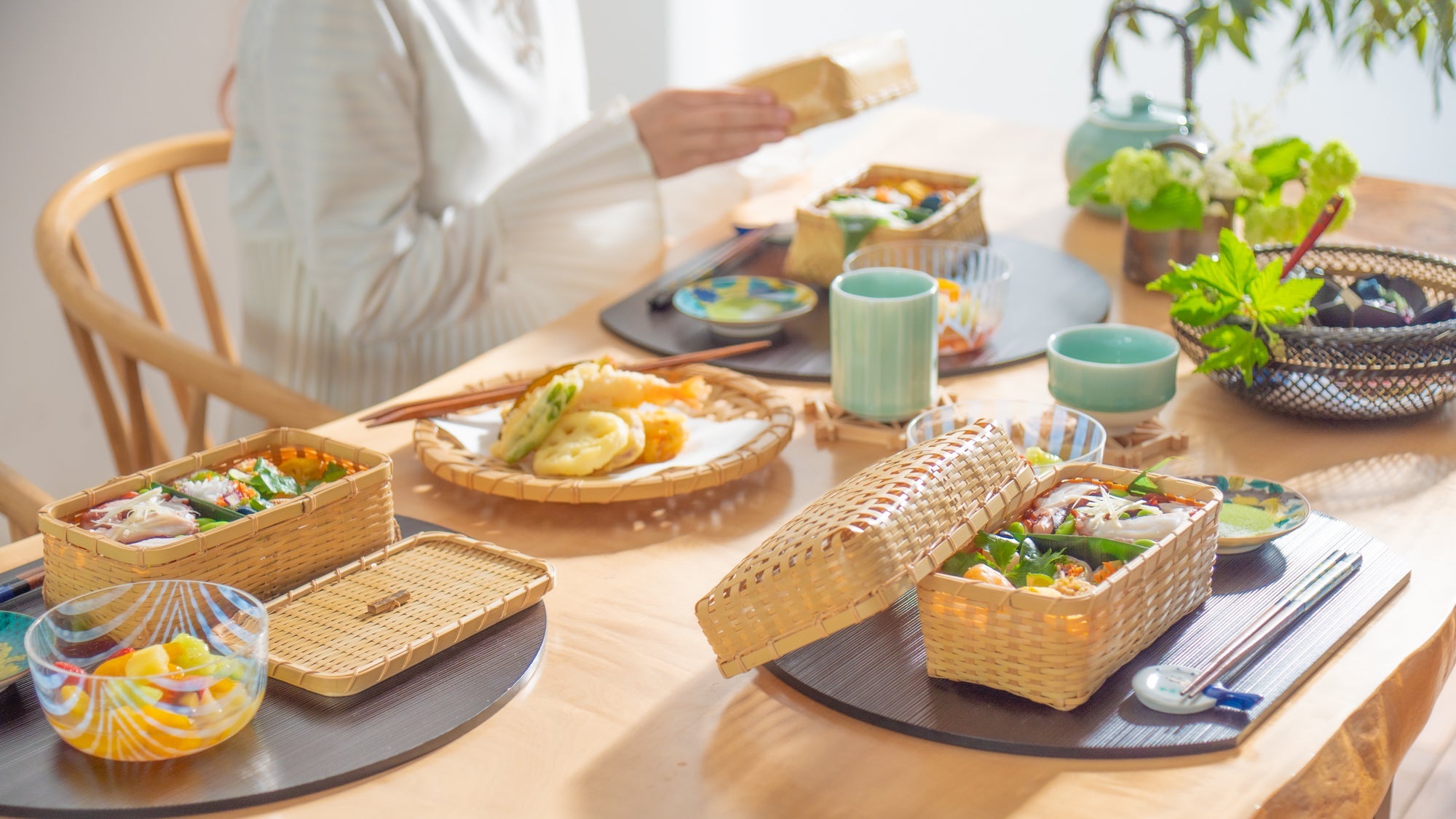

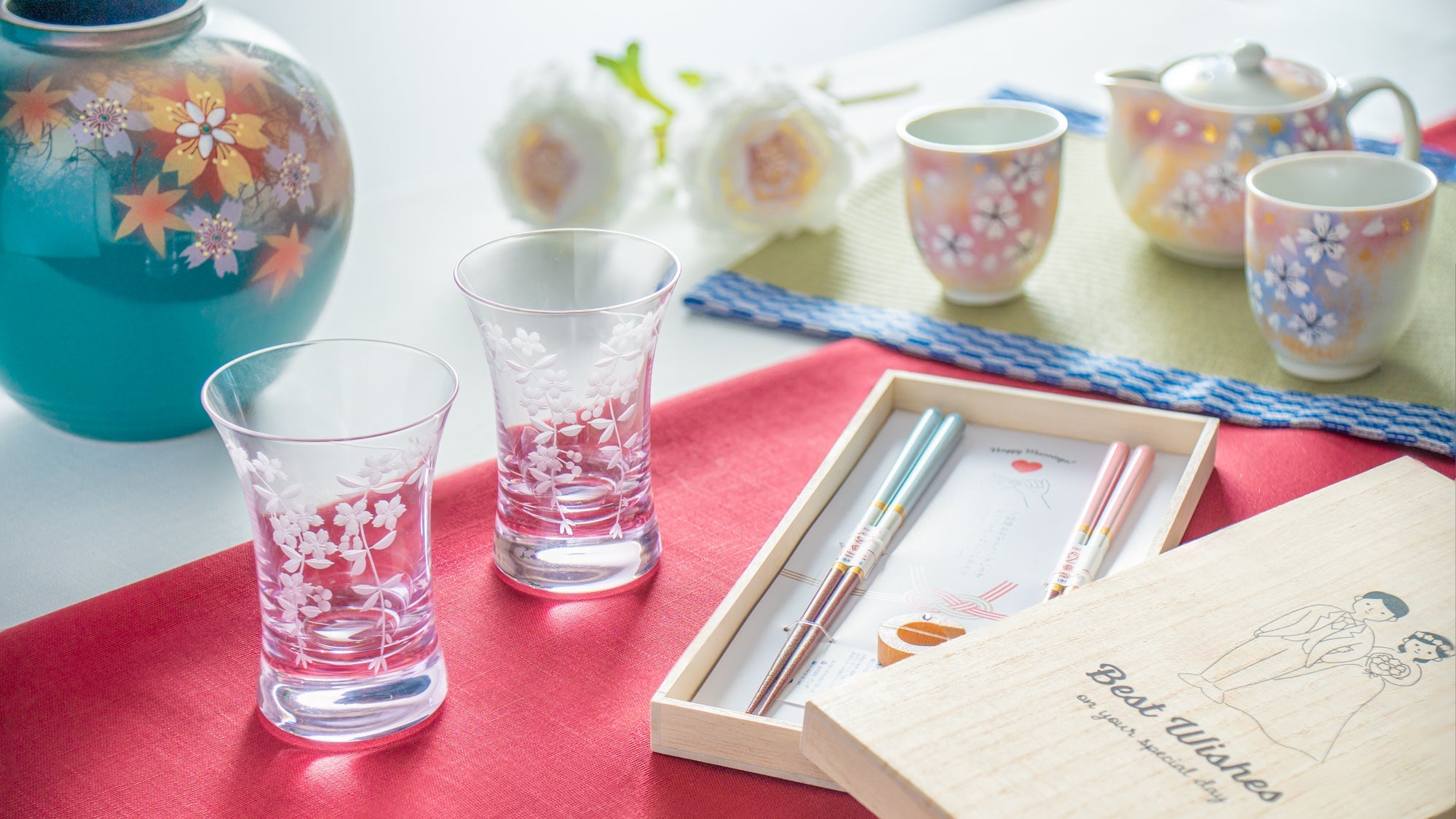
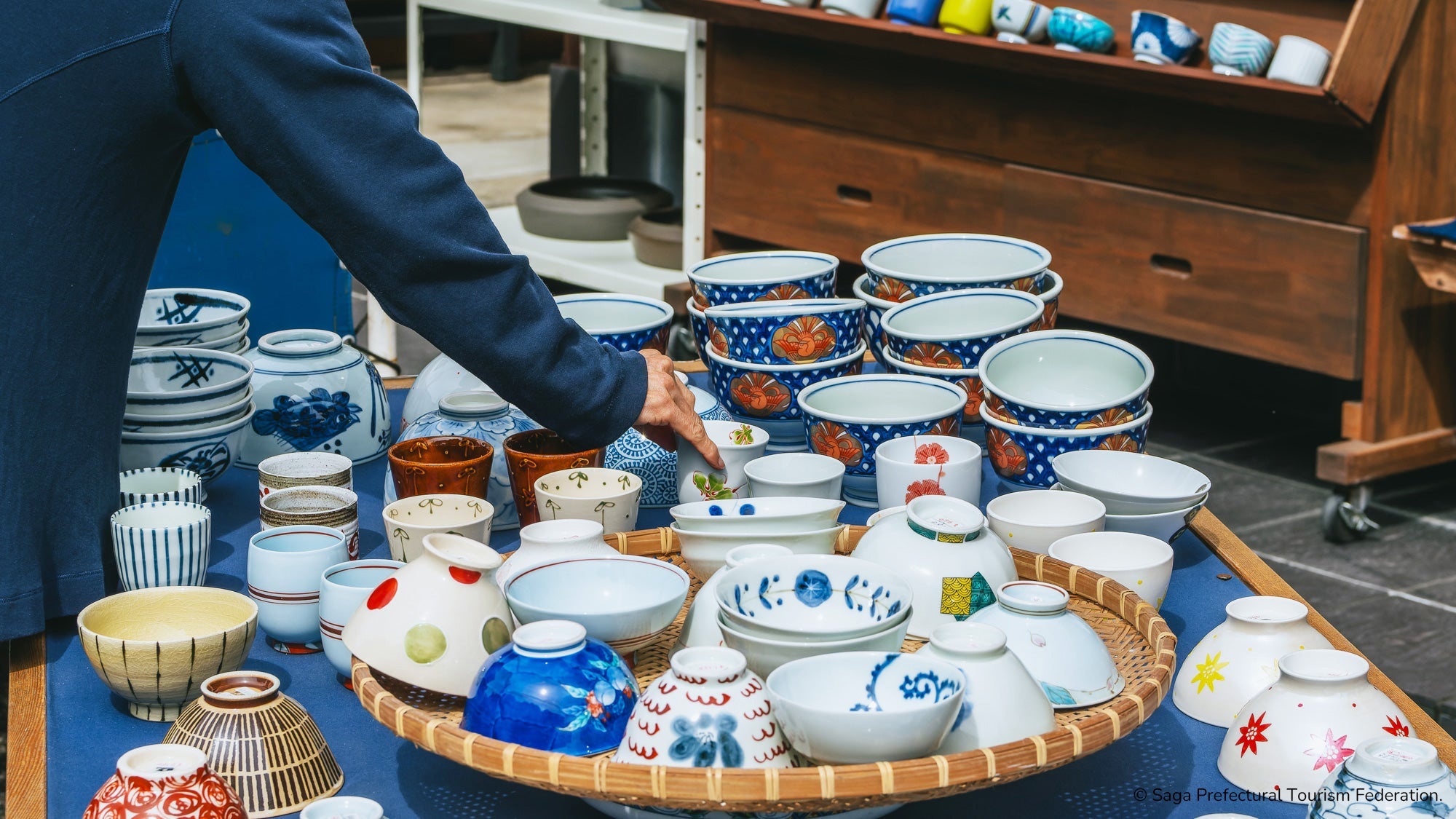

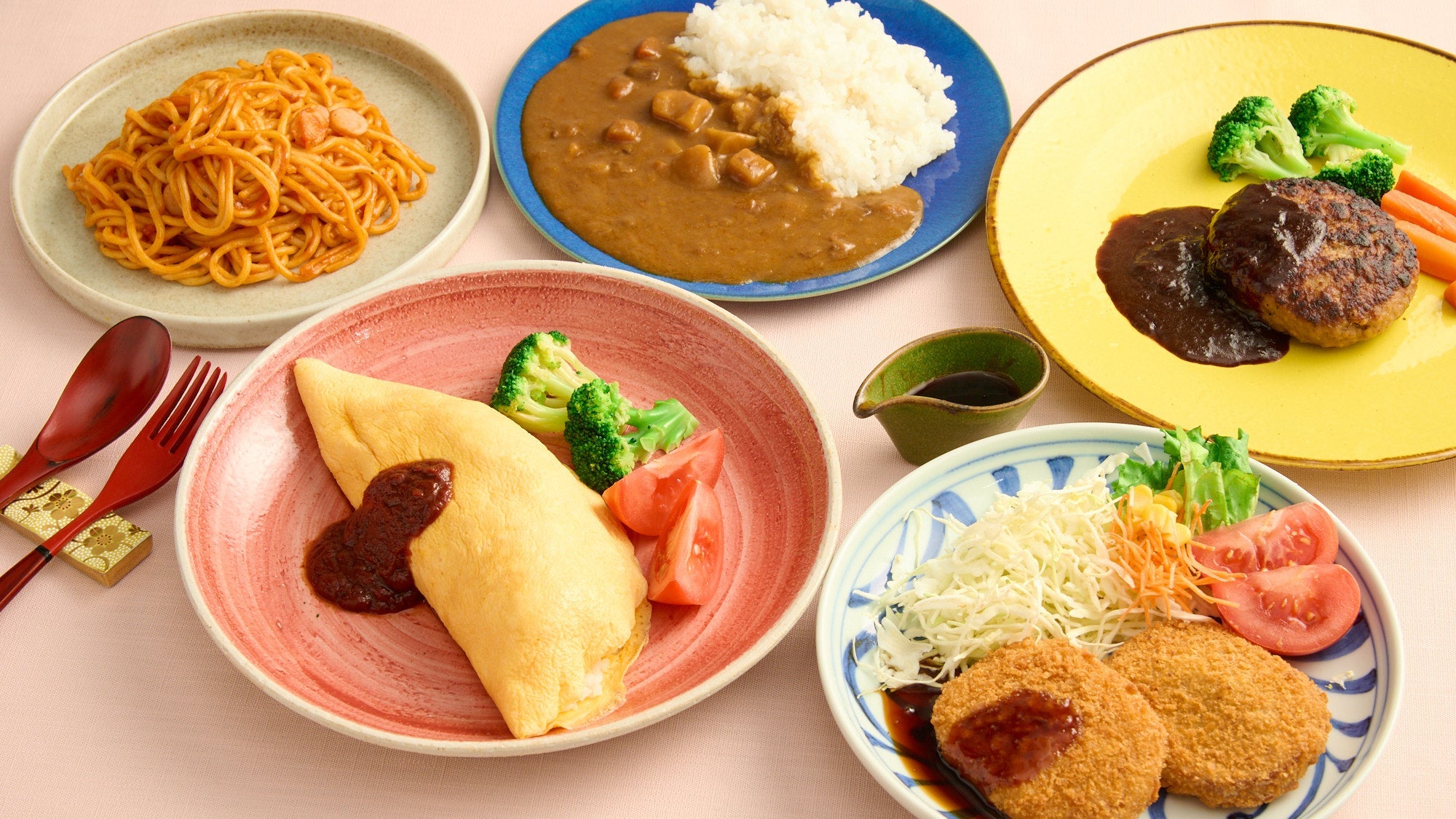
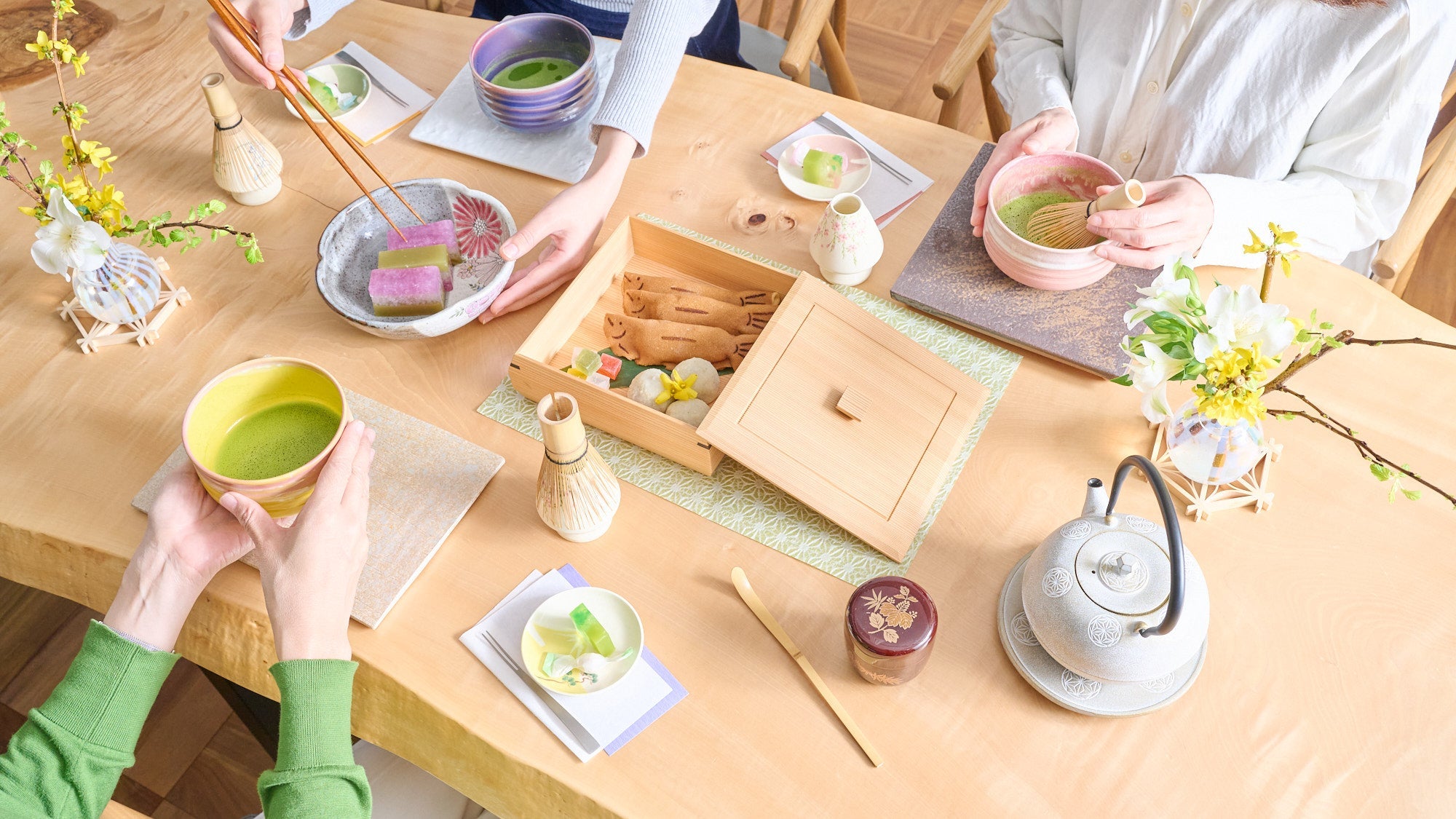

Leave a comment
This site is protected by hCaptcha and the hCaptcha Privacy Policy and Terms of Service apply.